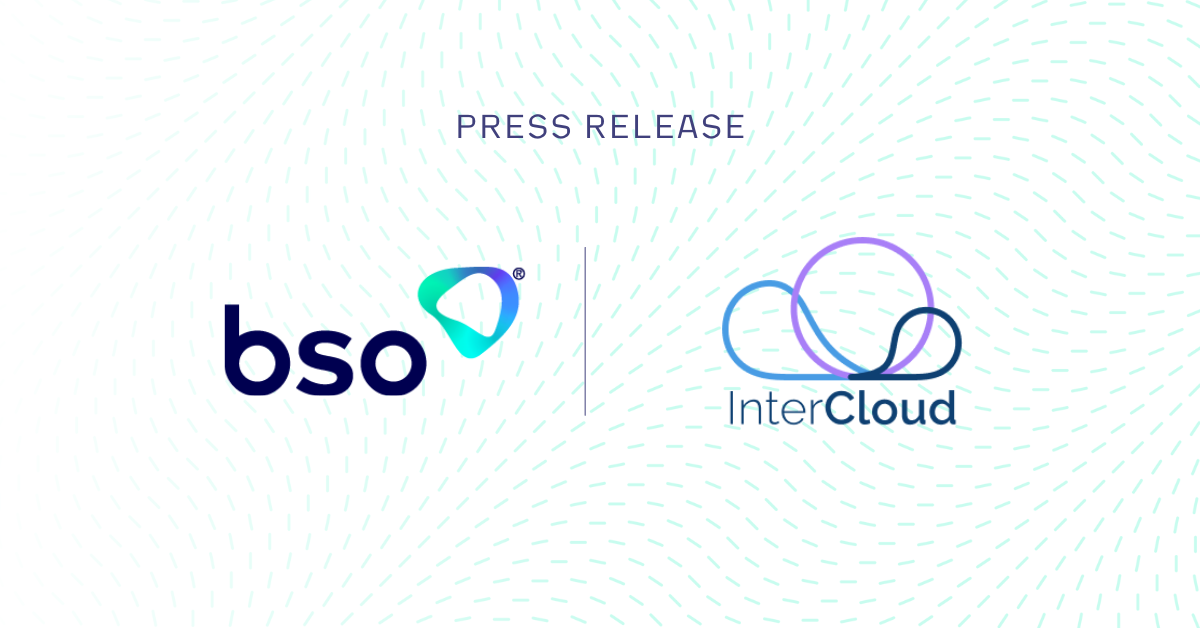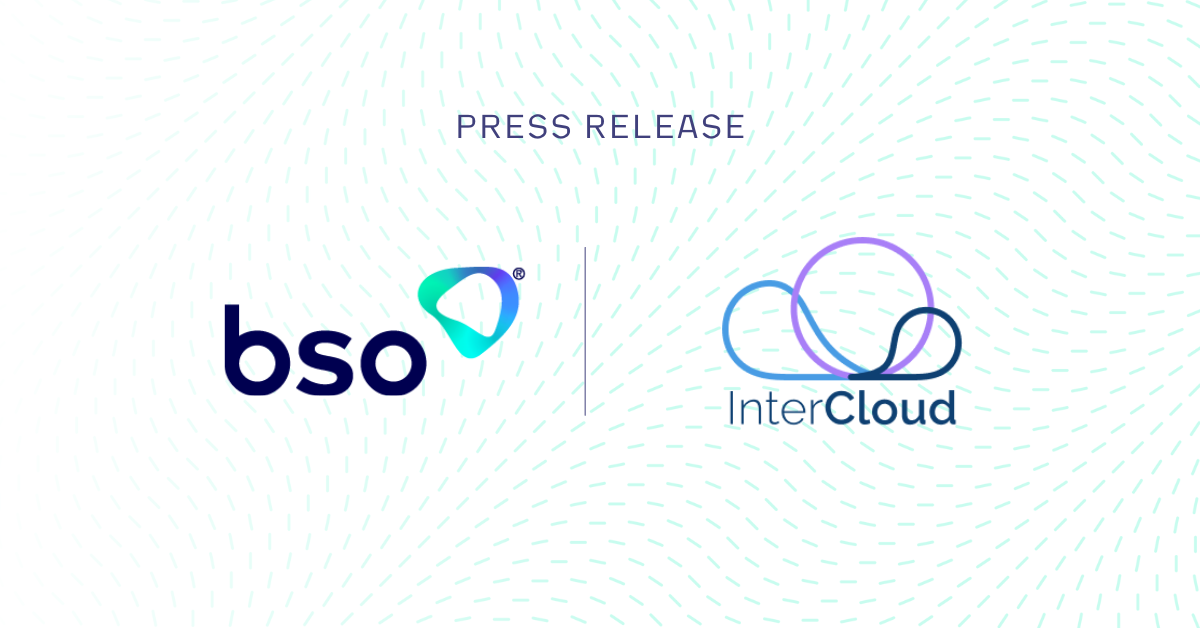
Whatever your opinion of the regulation and its 1.4 million paragraphs, MiFID II is now inescapable, but what effect has it had on the financial services industry nine months on?
Ahead of MiFID II’s introduction, commentators proclaimed the death of market research – providers would shrink, merge, consolidate and vanish as everyone adapted to a new era of transparency.Has this been the case?
This recent report addressing the buy-side industry suggests considerable unbundling is occurring in the UK and inducements (i.e. non-monetary benefits) have fallen off a cliff.
Second and third tier research providers have suffered so far. The effects are less severe in Continental Europe where unbundling is slower.
Firms in USA and Asia are reporting minimal changes across the same period, which is interesting to see since we last discussed the regulation’s impact in the United States, although this is influenced by how much exposure each firm has to Europe.
Research providers with large European operations are likely to see greater disruption, particularly as MiFID II matures over the coming months.
The overarching concern for the industry from this specific regulatory change has been whether smaller companies will see falls in liquidity.
A diverse global network enables traders to act on subtle pricing signals far faster than competitors, which in turn raises returns for their own clients
Our CCO Fraser Bell discussed this point when analysing whether global trading infrastructure was even prepared for MiFID II, especially within venues where buyers and sellers of bonds, structured products and derivatives come together – e.g. organised trading facilities (OTFs).
Hardman & Co’s analysis shows liquidity in the LSE’s main market has indeed fallen 9.4% per company, but not within the AIM where many small-caps operate. In that marketplace, liquidity has actually increased on average 4.5% for small-caps. Loss of liquidity is occurring mostly within mid-tier companies.
Less liquidity has an interesting effect on trading strategies and technology investment. It typically drives greater speculation from investors. When this happens, trading infrastructure becomes an even stronger differentiator.
A diverse global network enables traders to act on subtle pricing signals far faster than competitors, which in turn raises returns for their own clients.
This contrasts with highly liquid markets where news events and trading statements cause greater volatility and the effects of speculation are felt less.
Transparency and greater investor protection
Call recording solutions are a major component of complying with this specific clause. Again, the findings are surprising– an estimated 40% of firms still haven’t implemented adequate measures or competent solutions.
Simply recording conversations isn’t enough. A solution’s overall functionality is crucial. Robust archiving, the easy recalling of specific conversations, and reliability are all important.
If these are overlooked, they pose a major risk. ‘Our solution didn’t capture the call correctly’or ‘there was packet loss when recording the trade’ won’t fly with auditors and regulators.
Another equally critical aspect of compliance is the need for verified, traceable timing for transactions. This must align with the Coordinated Universal Time (UTC) signal and in the strictest cases has to be within 100 microseconds of UTC.
Despite these requirements, many timing solutions are inadequate and do not trace time according to MiFID II’s RTS-25 regulation.
Regulatory updates always drive new services, technological innovation and structural change and MiFID II is no exception
This threatens a company’s compliance and many international trading firms, brokerages, banks and exchanges are implementing timing solutions as a core part of their own global infrastructure.
As well as meeting their own compliance needs, firms can also deliver complaint infrastructure to clients globally, especially those collocating within exchanges or accessing emerging markets that have invested in technology already and don’t wish to piecemeal a solution together.
This is particularly important with other global regulations demanding similar levels of visibility – for example, the SEC’s Consolidated Audit Trail (CAT).
Regulatory updates always drive new services, technological innovation and structural change. MiFID II is no exception. Every market player has a responsibility to conduct a widespread, thorough technology review across every trading venue and security.
With so many elements making up MiFID II, this process is crucial, especially if a company is still implementing the global technologies and infrastructure required to adhere with the regulation’s stringent demands.
Interested in more BSO insights?
ABOUT BSO
The company was founded in 2004 and serves the world’s largest financial institutions. BSO is a global pioneering infrastructure and connectivity provider, helping over 600 data-intensive businesses across diverse markets, including financial services, technology, energy, e-commerce, media and others. BSO owns and provides mission-critical infrastructure, including network connectivity, cloud solutions, managed services and hosting, that are specific and dedicated to each customer served.
The company’s network comprises 240+ PoPs across 33 markets, 50+ cloud on-ramps, is integrated with all major public cloud providers and connects to 75+ on-net internet exchanges and 30+ stock exchanges. The team of experts works closely with customers in order to create solutions that meet the detailed and specific needs of their business, providing the latency, resilience and security they need regardless of location.
BSO is headquartered in Ireland, and has 11 offices across the globe, including London, New York, Paris, Dubai, Hong Kong and Singapore. Access our website and find out more information: www.bso.co
SALES ENQUIRY
Get in touch now. Find out how we can transform your business_
You might be interested in_
THE BSO DIFFERENCE
The industries we work across_





/Revolutionising-Connectivity%20BSOs-Tailored-Cloud-Solution-for-CryptoStruct-GmbH.png?width=1050&height=550&name=Revolutionising-Connectivity%20BSOs-Tailored-Cloud-Solution-for-CryptoStruct-GmbH.png)
/6%20Cloud%20Best%20Practices%20for%20Financial%20Technology%20Companies.jpg?width=1200&height=600&name=6%20Cloud%20Best%20Practices%20for%20Financial%20Technology%20Companies.jpg)








